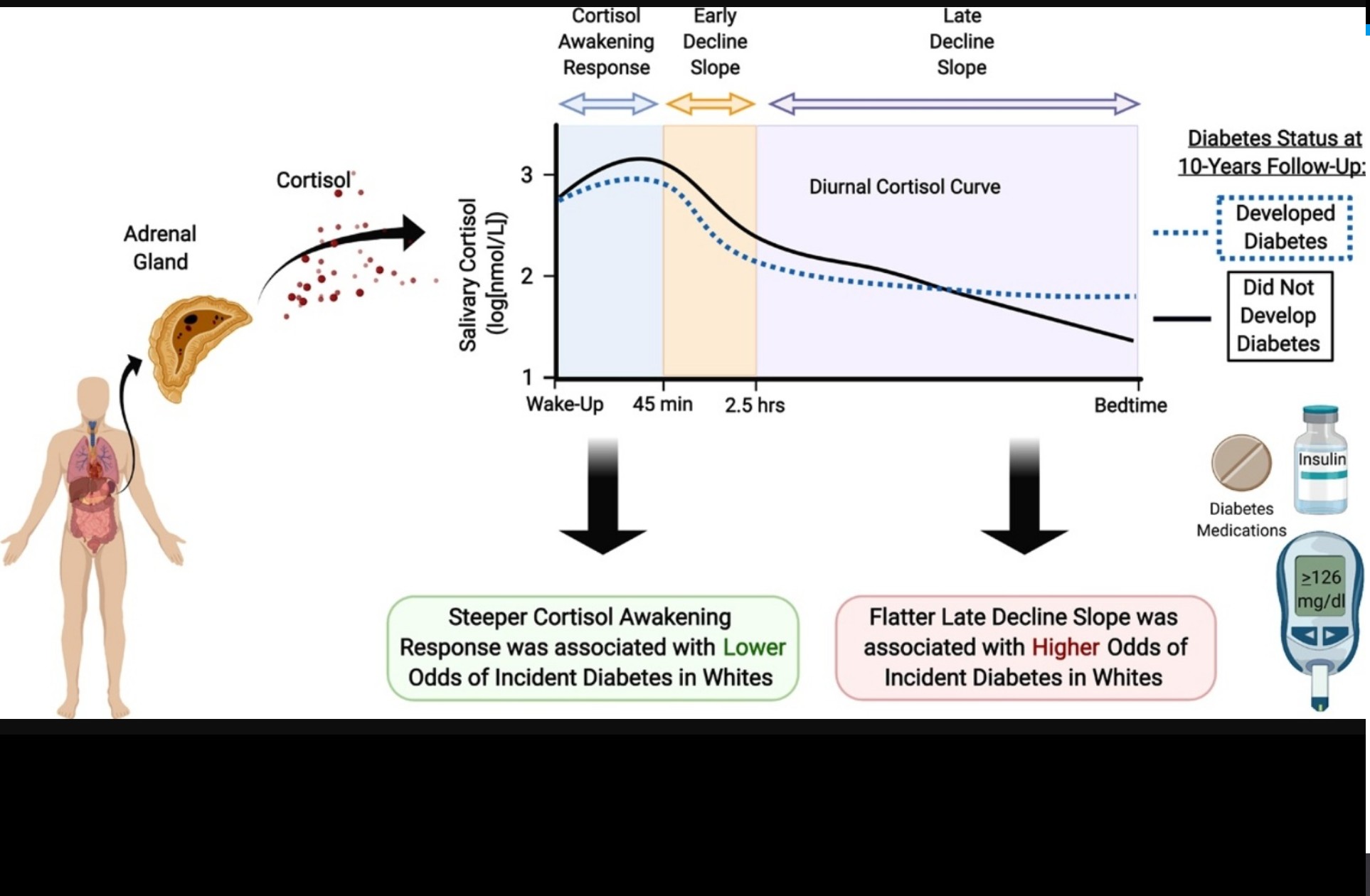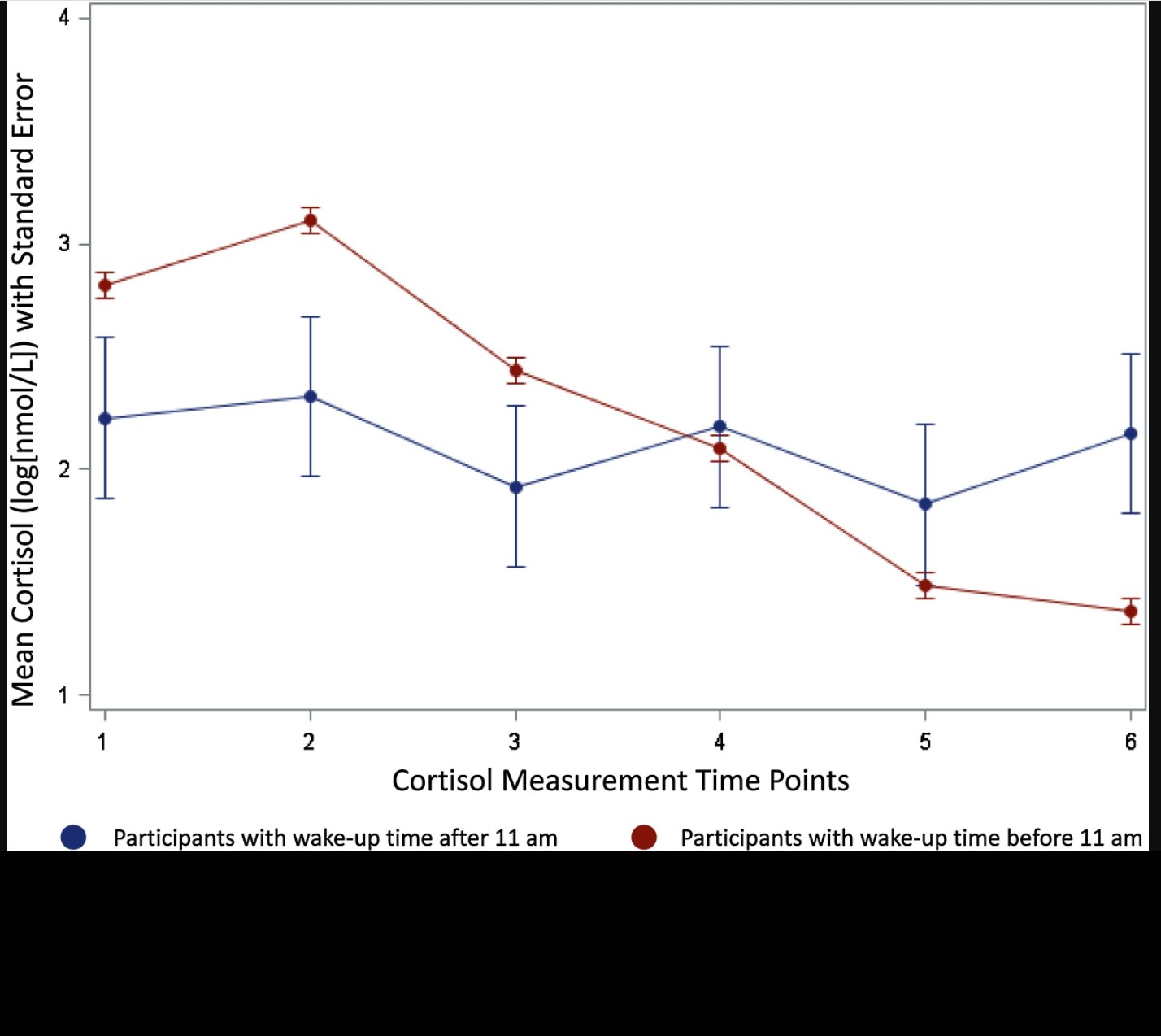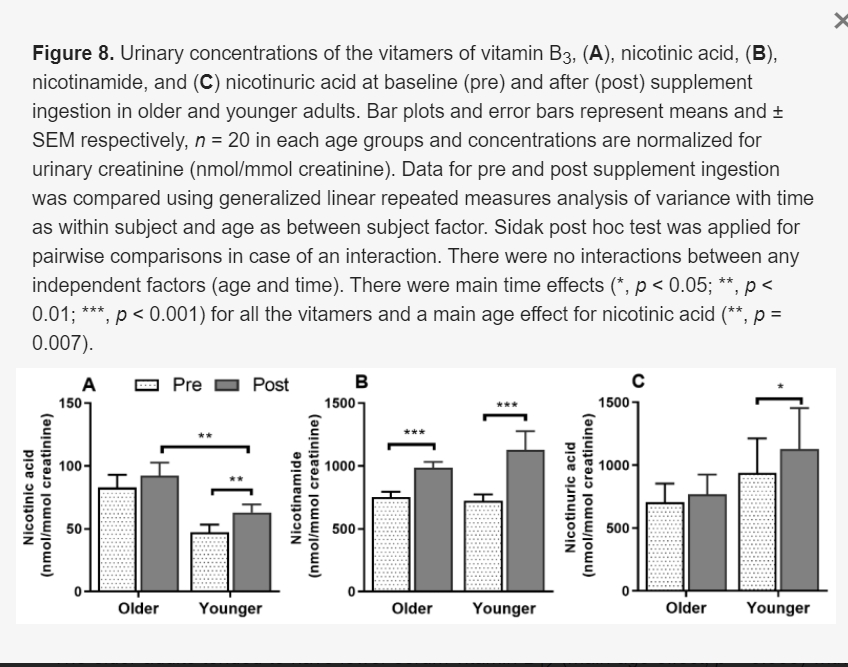The association of cortisol curve features with incident diabetes among whites and African Americans: The CARDIA study
Bjorn Kluwe Psychoneuroendocrinology Volume 123, January 2021, 105041
Highlights
• Examined the association of the cortisol curve with incident diabetes over 10 years.
• Cortisol awakening response was inversely associated with diabetes in whites.
• Late decline slope was positively associated with diabetes in whites.
• Cortisol features were not associated with diabetes in African Americans.
Introduction
A flatter diurnal cortisol curve has been associated with incident diabetes among older white adults. However, this relationship has not been examined among middle-aged individuals or African Americans [AA]. We analyzed the longitudinal association of baseline diurnal cortisol curve features with incident diabetes over a 10 year period in a cohort of AA and white participants who were, on average, 40 years old.
Methods
Salivary cortisol was collected immediately post-awakening, then subsequently 45 min, 2.5 h, 8 h, and 12 h later, as well as at bedtime. Cortisol curve features included wake-up cortisol; cortisol awakening response (CAR); early, late, and overall decline slopes; bedtime cortisol; and 16 -h area under the curve (AUC). Salivary cortisol (nmol/L) was log-transformed due to positively skewed distributions. Diabetes was defined as fasting plasma glucose ≥ 126 mg/dL or taking diabetes medication. Logistic regression models were used to investigate the association of log-transformed cortisol curve features with incident diabetes. The analysis was stratified by race and adjusted for age, sex, education, depressive symptoms, smoking status, beta-blocker and steroid medication use and BMI.
Results
Among 376 AA and 333 white participants (mean age 40 years), 67 incident diabetes cases occurred over 10 years. After full adjustment for additional covariates, a 1-unit log increase in CAR was associated with a 53 % lower odds of incident diabetes among whites (Odds Ratio [OR] 0.47, 95 % CI: 0.24, 0.90). A 1-SD increase in late decline slope was associated with a 416 % higher odds of incident diabetes among whites (OR 5.16, 95 % CI: 1.32, 20.20). There were no significant associations in AAs.
Conclusion
A robust CAR and flatter late decline slope are associated with lower and higher odds of incident diabetes, respectively, among younger to middle-aged whites and may provide a future target for diabetes prevention in this population.
















